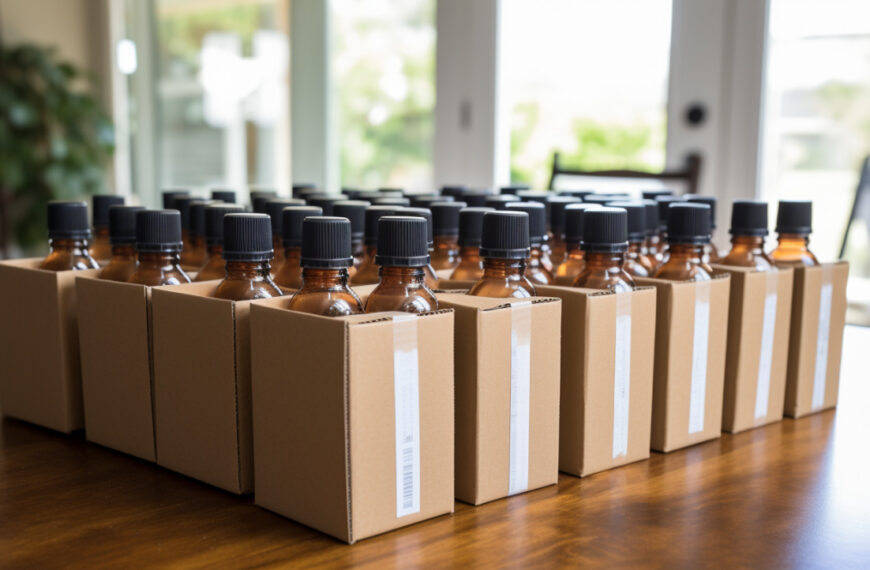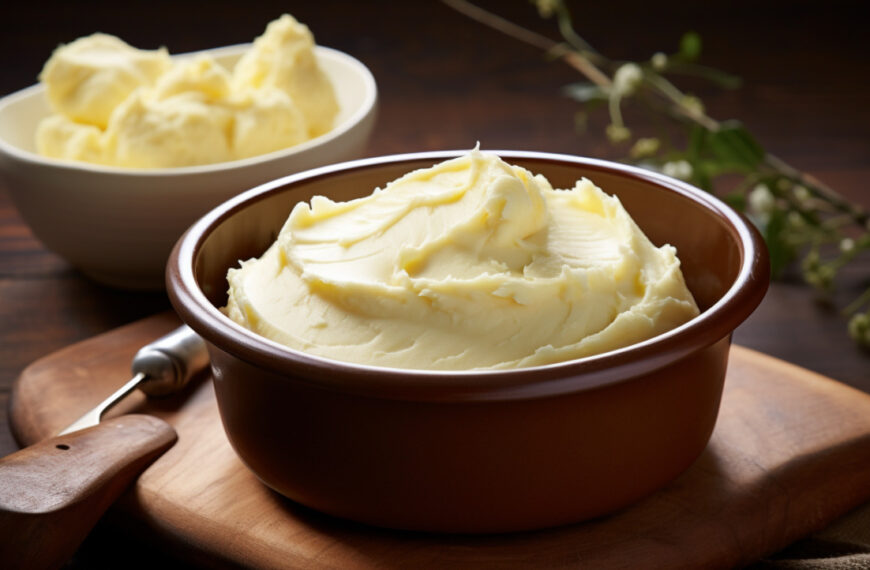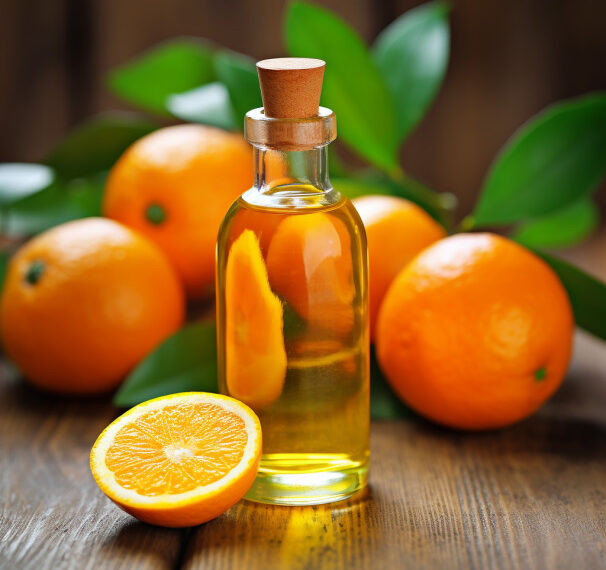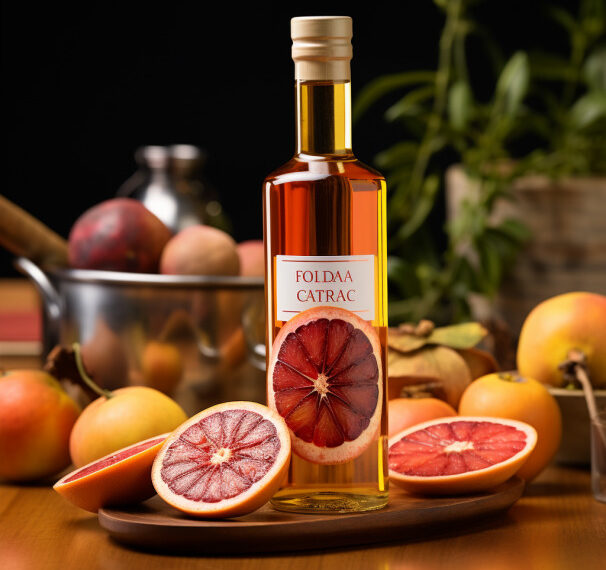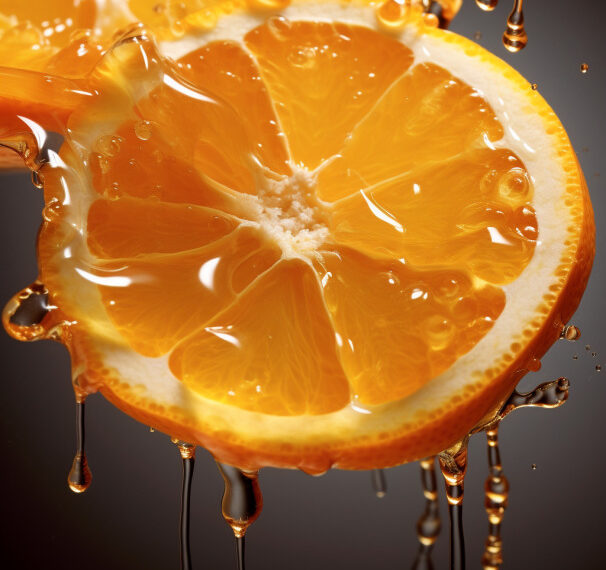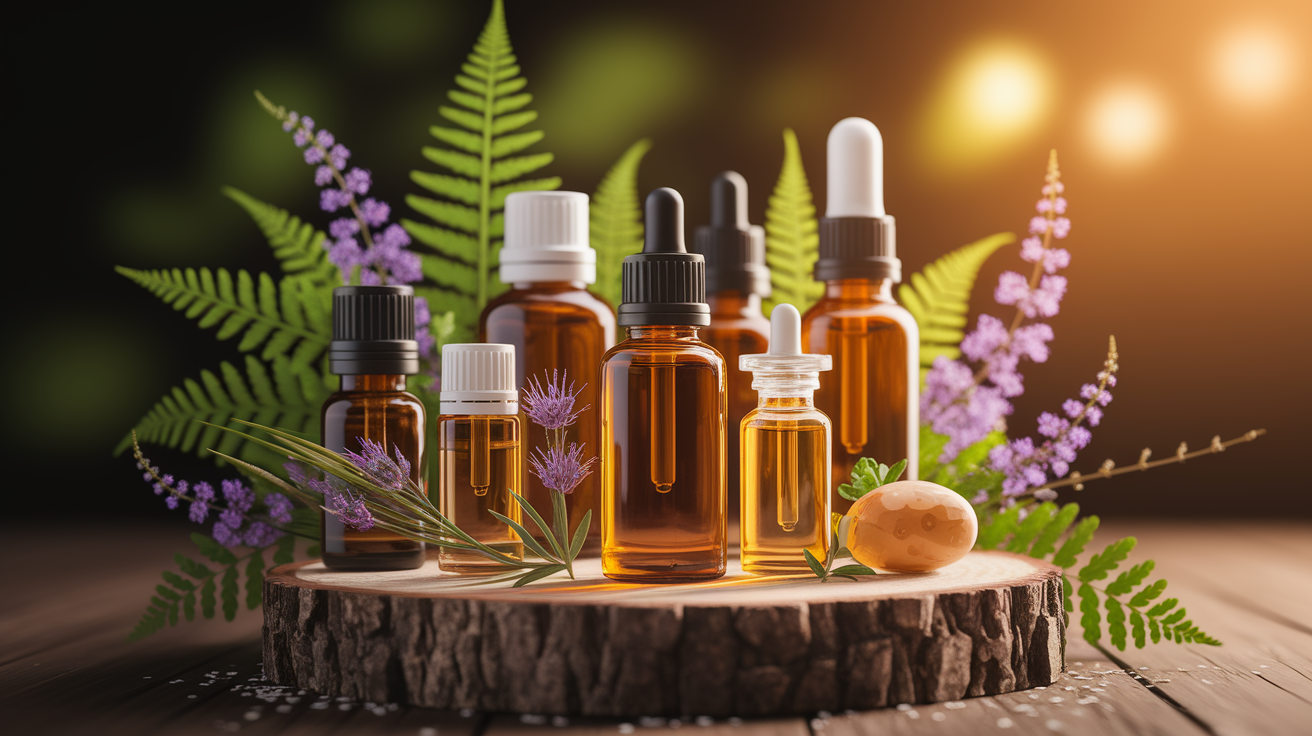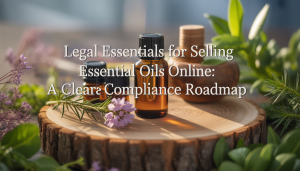The world of essential oils never ceases to amaze me, especially when it comes to the concentrated power packed into those tiny amber bottles. Lemon essential oil is truly a miracle of nature – capturing the vibrant essence of those sunny yellow fruits in potent liquid form. But I’ve noticed one question comes up constantly in my workshops and consultations: exactly how many drops of lemon essential oil equals one lemon? The answer isn’t as straightforward as you might think, but it’s absolutely fascinating.
Squeeze the Answer
Let’s cut right to the chase – according to doTERRA, one of the leading essential oil companies, one drop of lemon essential oil is roughly equivalent to the zest of one whole lemon. That’s right – a single, tiny drop contains the concentrated aromatic compounds found in an entire lemon’s peel!

This potent equivalence makes perfect sense when you understand how Citrus limon oil is produced. While a fresh lemon gives us juice, pulp, and zest, lemon essential oil is specifically extracted from the rinds through cold-pressing. The process captures the volatile oils from the lemon peel, creating a super-concentrated version of just the aromatic compounds – not the juice or fiber components.
The difference in concentration explains why you can’t simply substitute drop-for-drop when replacing fresh lemon with its essential oil counterpart. That single drop packs an intense aromatic punch that far exceeds what you’d get from a squeeze of juice.
Crunching the Conversion Numbers
Working with lemon essential oil requires understanding specific conversion ratios for different lemon components. Here’s what I’ve found to be most reliable after years of experimentation:

- Lemon Juice: 1 teaspoon of lemon juice ≈ 1 drop of lemon essential oil
- Lemon Extract: 1 teaspoon of lemon extract ≈ 16 drops of lemon essential oil
- Lemon Zest: 1 tablespoon of lemon zest ≈ 8 drops of lemon essential oil
- Whole Lemon Zest: 1 drop of lemon essential oil ≈ zest of 1 whole lemon
These conversions reveal something fascinating: how many drops of lemon essential oil equals one lemon depends entirely on which part of the lemon you’re trying to replace! If you’re after just the aromatic qualities from the zest, one drop might do the trick. For juice replacement, you’ll need different considerations.
For example, if your recipe calls for 1 tablespoon of lemon juice (which equals 3 teaspoons), you might think you need 3 drops of essential oil. However, it’s not that simple because you’d also need to account for the liquid volume and acidity that the juice would have provided.
What About Tablespoon Measurements?
I often get asked specifically how many drops of lemon essential oil equals 1 tablespoon of lemon components. Using our conversion chart:
- 1 tablespoon lemon juice (3 teaspoons) ≈ 3 drops lemon essential oil + additional liquid
- 1 tablespoon lemon extract ≈ 48 drops lemon essential oil (though this much oil would be excessive for most purposes)
- 1 tablespoon lemon zest ≈ 8 drops lemon essential oil
Factors That Shift Your Drop Count
The conversion ratios I’ve shared are helpful starting points, but several factors can influence how many drops of lemon essential oil actually equals one lemon in practical use:

Brand Variations
Different brands like DoTERRA, Young Living, and NOW Foods may have slight variations in potency and concentration. The extraction methods, sourcing of lemons, and quality standards all impact the final product’s strength. I’ve noticed that therapeutic grade oils from premium brands often require fewer drops than lower-cost alternatives.
Freshness Factors
Both lemons and essential oils change over time. A freshly cold-pressed lemon essential oil bottle may be more potent than one that’s been opened for several months. Similarly, the size, ripeness, and variety of lemons used in extraction affect the concentration of the resulting oil.
The extraction method matters too. Cold-pressed lemon oils retain more of the natural aromatic compounds compared to those extracted through distillation or other processes.
Purpose Variations
How many drops of organic lemon essential oil equals one lemon also depends on your intended use. For aromatic purposes, where you’re just seeking the scent, fewer drops are needed. For cleaning applications, you might use more for antimicrobial benefits. And for internal or culinary uses, the substitution ratios become especially important for both safety and flavor balance.
Practical Tips for Consistent Results
After working with these zesty oils for years, I’ve developed some practical guidelines to help you achieve consistent results when substituting lemon essential oil for fresh lemons:

Dilution is Key
Essential oil requires significant dilution – when adding to water, use just 1 drop per 8 oz glass, and always mix it with a dispersing agent first. Lemon oil doesn’t naturally mix with water (oil and water don’t mix, remember?) so you’ll need to combine it with honey or a small amount of carrier oil first.
The general safety guideline for dilution is 1-3 drops per ounce of carrier medium, whether that’s a carrier oil, honey, or another dispersing agent. This concentration ensures both safety and effectiveness.
Culinary Conversions
When substituting in recipes, remember that lemon essential oil only replaces the aromatic compounds from the rind. If your recipe calls for juice, you’ll need to add both moisture and acidity separately. For example, when replacing 1 tablespoon of lemon juice, I might use:
- 1 drop of lemon essential oil (for flavor)
- 1 tablespoon of water or other liquid (for volume)
- A tiny pinch of citric acid or splash of vinegar (for acidity)
Start with less than you think you need – you can always add more, but you can’t take it out once it’s in your creation!
The “Toothpick Method”
For especially sensitive applications like delicate desserts, I sometimes use the toothpick method: dip a clean toothpick into the essential oil bottle, then swirl it into your mixture. This gives you even less than a full drop when needed.
When calculating how many drops of lemon essential oil in one whole lemon for cooking purposes, remember that the oil lacks the digestive enzymes and nutrients found in fresh lemon. It’s purely the aromatic compounds from the rind.
The Final Zest: Your Quick Conversion Cheat Sheet
Here’s your ready reference for how many drops of lemon essential oil equals one lemon in various forms:
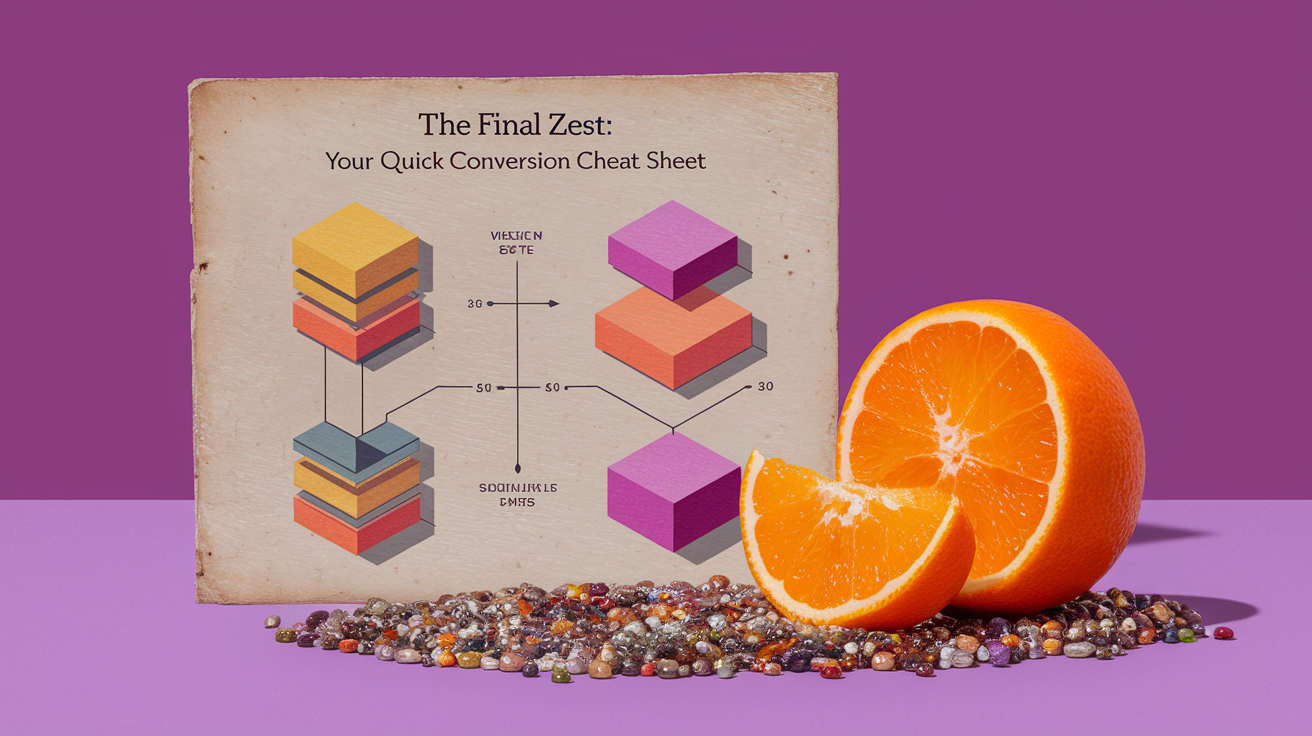
Quick Equivalents:
- 1 drop oil = zest of 1 whole lemon
- 1 drop oil = 1 teaspoon lemon juice (flavor only, not acidity/volume)
- 8 drops oil = 1 tablespoon lemon zest
- 16 drops oil = 1 teaspoon lemon extract
Dilution Guidelines:
- Beverages: 1 drop per 8 oz, always mixed with honey/oil first
- Topical use: 1-3 drops per ounce of carrier oil
- Cleaning solutions: 5-10 drops per 16 oz spray bottle
- Diffuser: 3-5 drops total (combines well with other citrus oils like orange)
Safety Reminders:
- Always dilute before using internally or topically
- Lemon oil can cause photosensitivity when applied to skin exposed to sunlight
- If applying to skin, know how to neutralize essential oils in case of sensitivity
- Quality matters – choose reputable brands with good extraction processes
- Remember that how essential oil is extracted from citrus peels affects its properties and potency
Understanding the concentration of lemon essential oil compared to fresh lemons has transformed how I use this versatile oil. Whether you’re using it for its energy-boosting properties, to soothe a sore throat, or simply to add bright flavor to your cooking, these conversion guidelines will help you harness the perfect amount of citrusy goodness.
The next time you reach for that bottle of liquid sunshine, you’ll know exactly how its concentrated power compares to the fresh fruit – and how to use it with confidence and precision. Who knew there was so much math in that tiny amber bottle?




